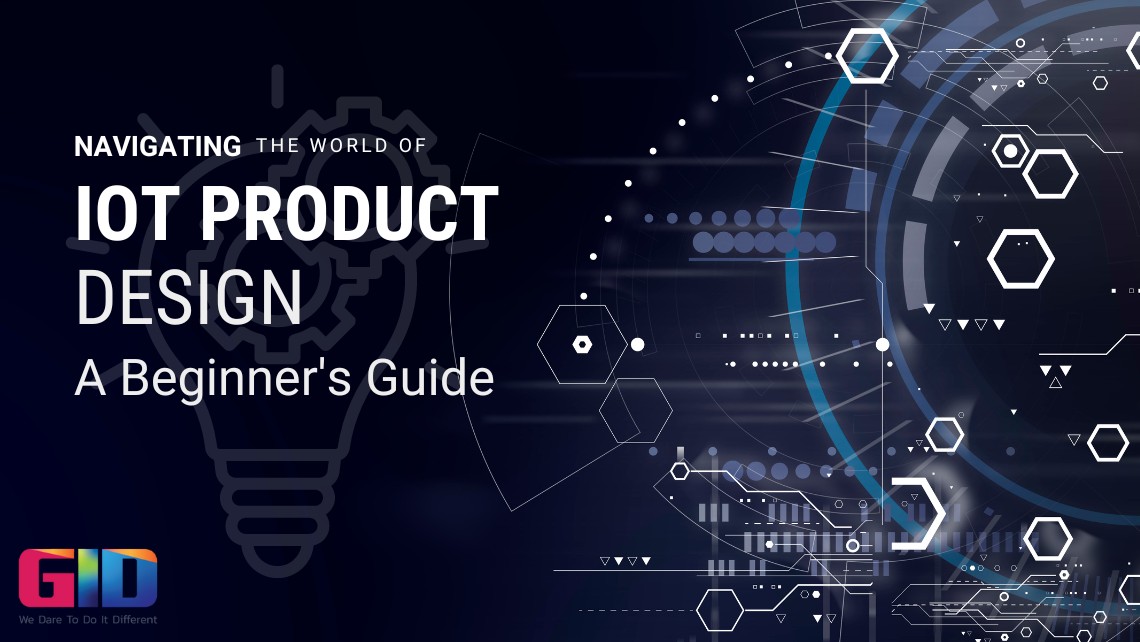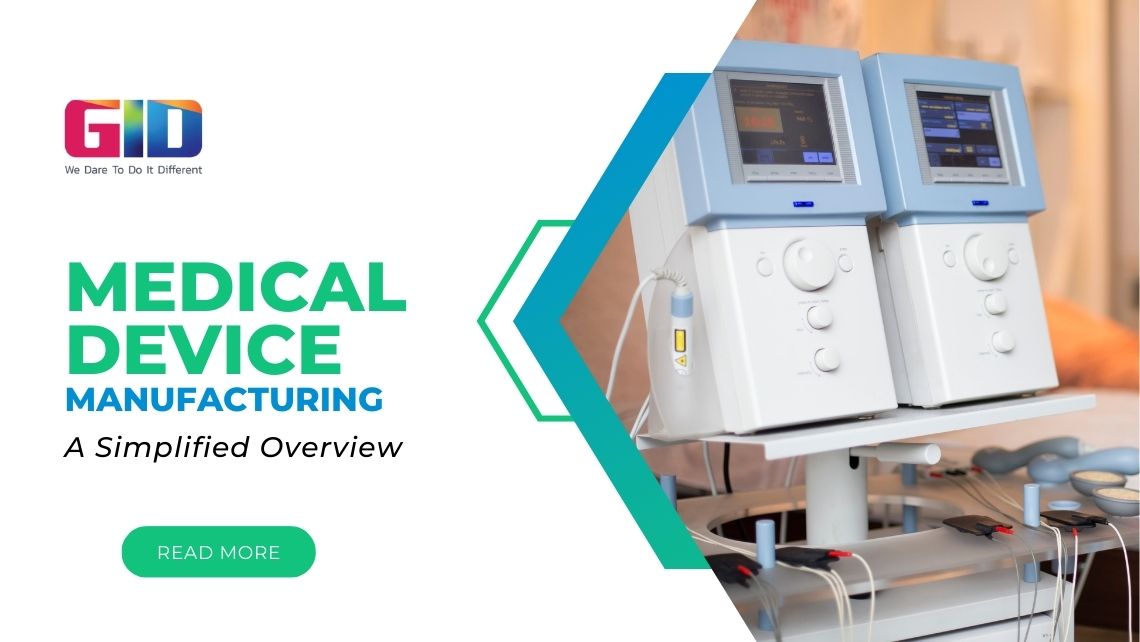In this comprehensive guide, we’ll embark on a journey to understand the fundamentals of IoT product design, exploring the essential skills, methodologies, and tools that empower designers to bring these innovative products to life.
In today’s hyperconnected world, the Internet of Things (IoT) has emerged as a transformative force, seamlessly integrating our physical surroundings with the digital realm. From smart homes to wearables, IoT devices are revolutionizing the way we live, work, and interact with the world around us.
As the demand for these intelligent products continues to surge, so does the need for skilled IoT product designers. These creative minds are responsible for crafting the next generation of IoT devices, ensuring they are not only functional but also user-friendly, secure, and aesthetically pleasing.
Understanding IoT Product Design
IoT product design lies at the intersection of hardware, software, and user experience, encompassing a unique blend of creativity and technical expertise. Unlike traditional product design, IoT products must not only function independently but also seamlessly connect and communicate with other devices and networks.
The IoT product design process typically follows a structured approach, encompassing several key stages:
Concept Development
The journey begins with a spark of an idea, identifying a problem or need that an IoT product can address.
Feasibility Assessment
Designers carefully evaluate the technical and market viability of the proposed concept, ensuring it aligns with user needs and business goals.
User Research and Market Analysis
Delving into the target audience’s needs, preferences, and behaviors is crucial for designing products that truly resonate with users.
Product Requirements Definition
Clearly defining the product’s features, functionalities, and performance expectations lays the groundwork for the design process.
Hardware Design
This stage involves selecting the appropriate hardware components, ensuring they meet the product’s power, connectivity, and performance requirements.
Software Development
Crafting software that controls the device’s behavior and enables its interactions with other devices and networks is a critical aspect of IoT product design.
User Interface (UI) and User Experience (UX) Design
Creating an intuitive and user-friendly interface is paramount for ensuring a seamless user experience.
Prototyping and Testing
Designers iteratively create prototypes to test the product’s functionality, usability, and performance, refining it based on feedback.
Manufacturing and Deployment
Once the product has been thoroughly tested and refined, it’s time to bring it to life through manufacturing and deployment.
Essential Skills for IoT Product Designers
To excel in the field of IoT product design, individuals require a diverse skillset that encompasses both technical expertise and creative thinking:
Hardware and Software Knowledge
A strong understanding of hardware components, microcontrollers, and programming languages is essential for designing and implementing IoT products.
IoT Protocols and Security
Familiarity with IoT protocols like Wi-Fi, Bluetooth, and ZigBee is crucial for ensuring seamless communication between devices. Additionally, cybersecurity knowledge is paramount to protect user data and privacy.
Data Analytics and Machine Learning
As IoT devices generate massive amounts of data, the ability to analyze and interpret this data is becoming increasingly important for designing products that can learn and adapt over time.
Empathy and User-Centric Design
At the heart of IoT product design lies empathy for users, understanding their needs, and creating products that seamlessly integrate into their lives.
IoT Product Design Methodology
Navigating the complex process of IoT product design requires a structured and methodical approach. Here’s a simplified roadmap to guide you through the journey:
Ideation and Concept Development
Brainstorm and refine your product idea, identifying the problem it solves and the value it offers to users.
User Research and Market Analysis
Conduct thorough research to understand user needs, market trends, and competitor offerings.
Define Product Requirements and Specifications
Clearly define the product’s features, functionalities, and performance expectations.
Hardware and Software Design
Select the appropriate hardware components and develop the software that controls the device’s behavior.
User Interface and User Experience Design
Create an intuitive and user-friendly interface that enhances user experience.
Prototyping and Testing
Iteratively build prototypes to test the product’s functionality, usability, and performance.
Manufacturing and Deployment
Prepare for mass production and deploy the product to market.
Exploring Opportunities with GID Company
GID Company stands as a leading provider of IoT product design solutions, with a proven track record of crafting successful IoT products across diverse industries. Their team of experts possesses extensive experience and expertise in hardware design, software development, user interface design, and prototyping, ensuring that your IoT product comes to life with the utmost precision and quality.
GID Company is committed to user-centric design, placing the needs and preferences of users at the forefront of the development process. They understand that successful IoT products are not just about functionality; they must seamlessly integrate into users’ lives, enhancing their experiences and making their lives easier.
Data security and privacy are paramount to GID Company, and they implement robust measures to protect user data throughout the entire product lifecycle. They adhere to strict industry standards and utilize advanced encryption techniques to safeguard sensitive information.
GID Company is constantly pushing the boundaries of innovation, staying abreast of emerging technologies and trends in the IoT landscape. They actively participate in industry events, collaborate with research institutions, and invest in continuous learning to ensure that their clients’ products remain at the forefront of IoT innovation.
If you’re embarking on an IoT product development journey, GID Company is your ideal partner. With their expertise, commitment to user-centric design, and focus on data security, they can guide you through every step of the process, from ideation to market launch, transforming your vision into a reality.
Conclusion
As the world becomes increasingly interconnected, the demand for innovative IoT products will continue to rise. IoT product designers are the architects of this technological revolution, shaping the future of how we interact with the world around us.
Whether you’re a seasoned professional or just starting your journey in IoT product design, the opportunities are endless. Embrace the challenges, explore the possibilities, and let your creativity shine as you contribute to shaping the next generation of intelligent products that will transform our lives. You can Call Jim at +1714-323-1052 or You can like our Facebook page and follow us on Twitter as well.




